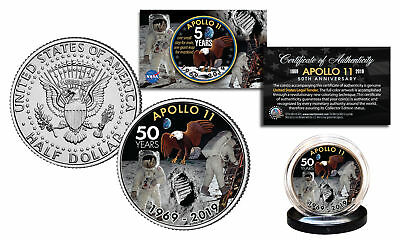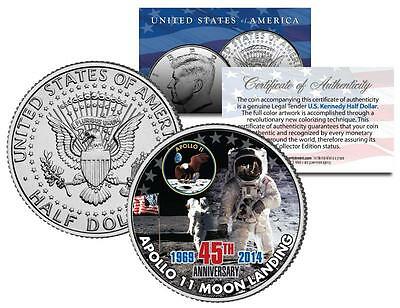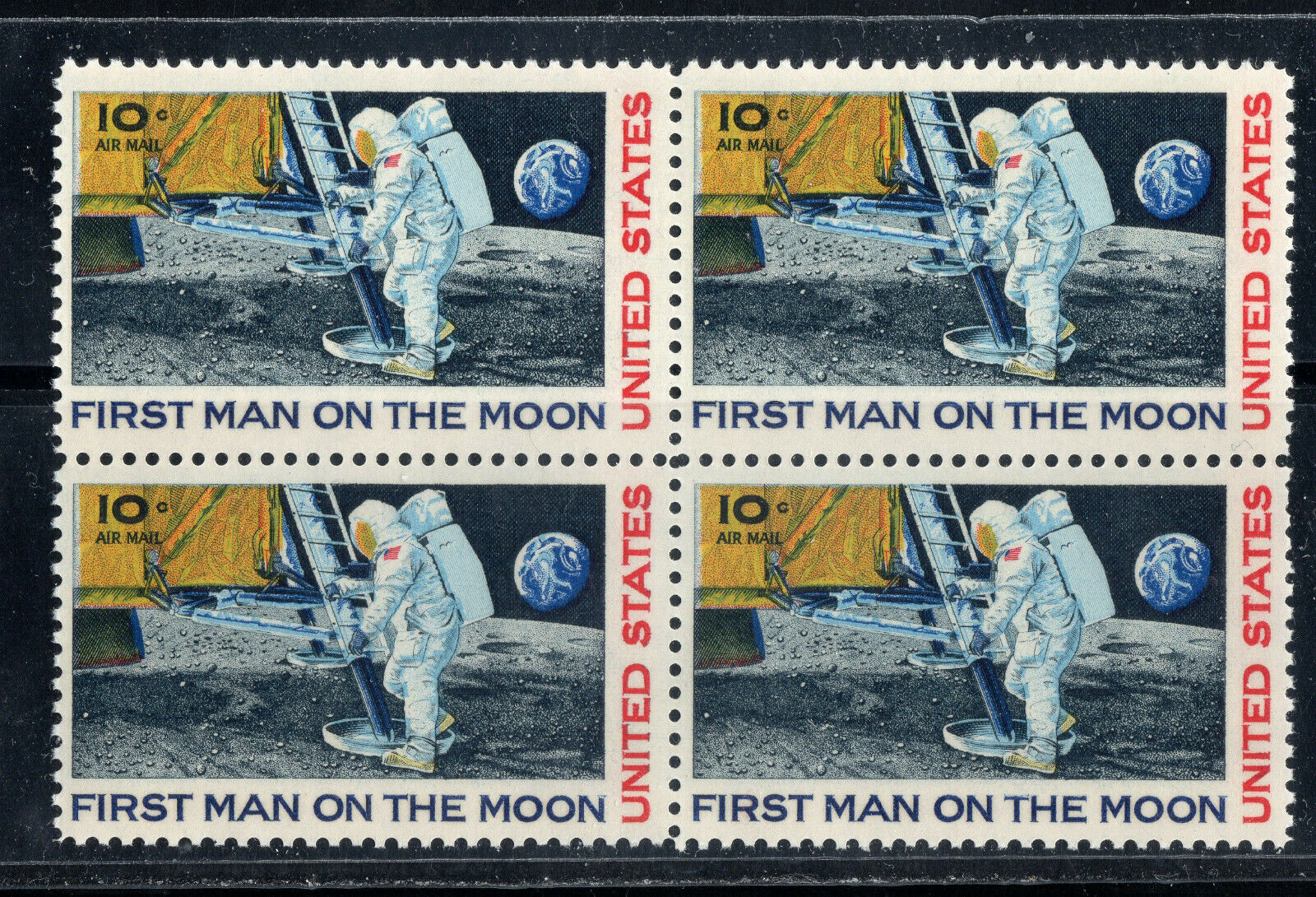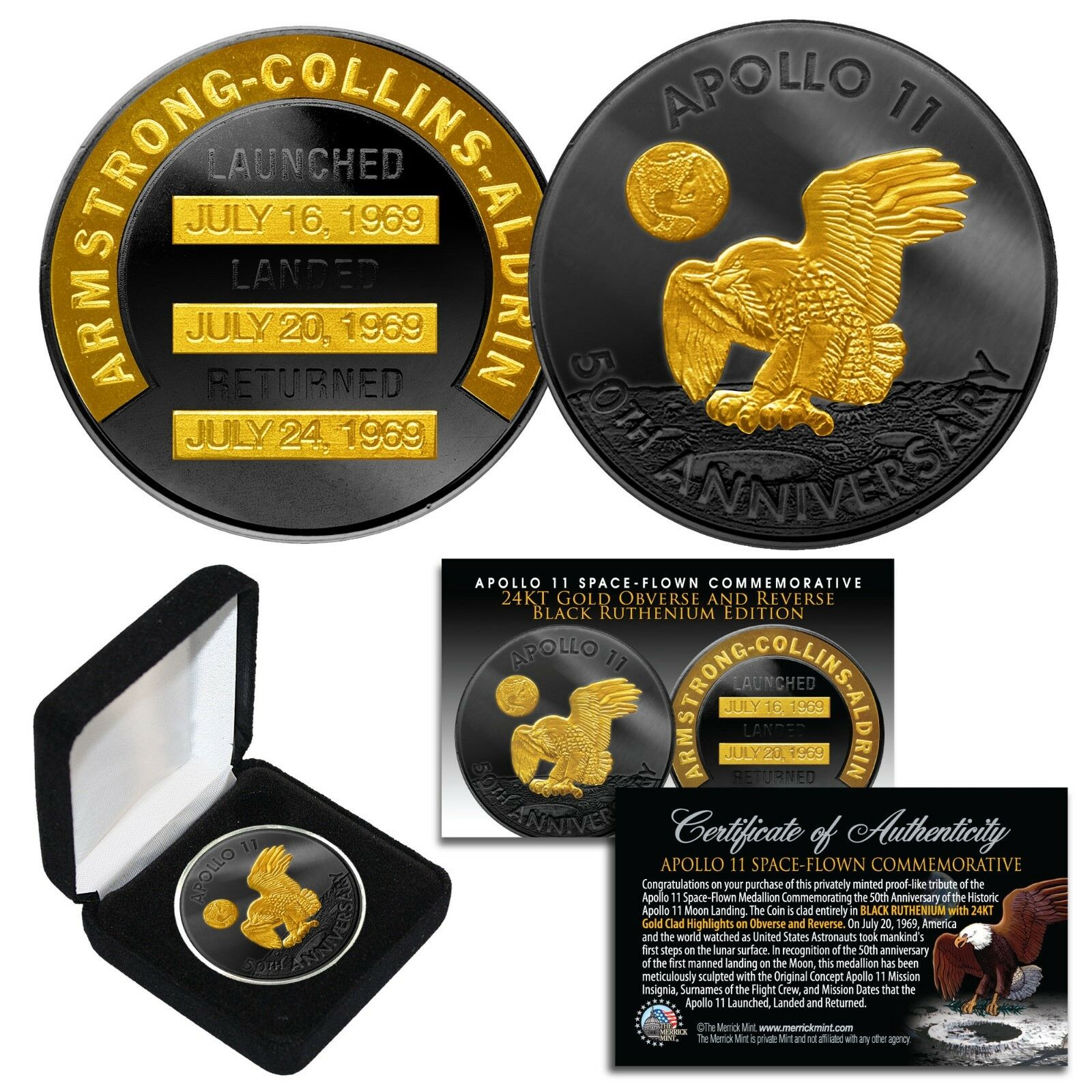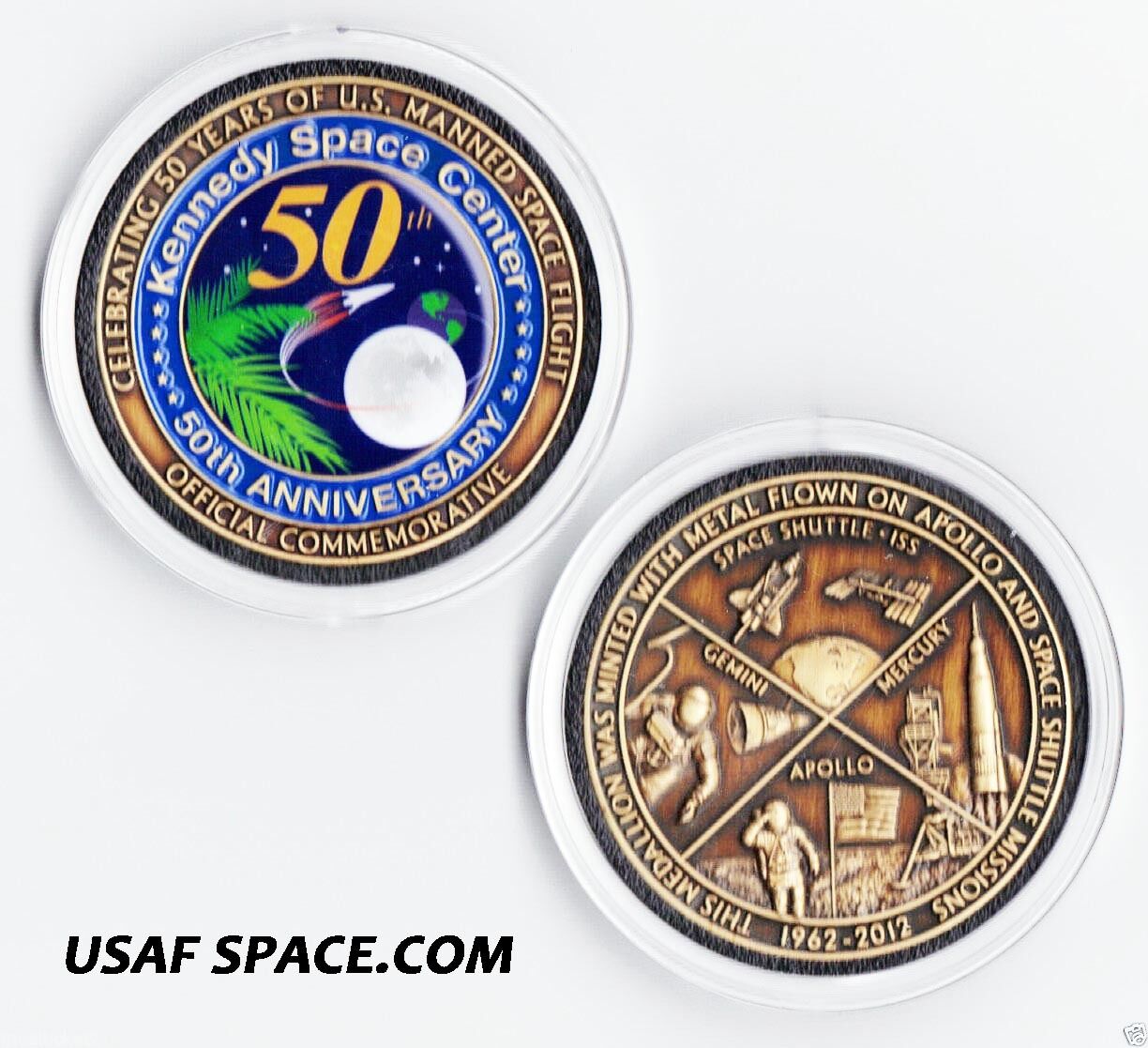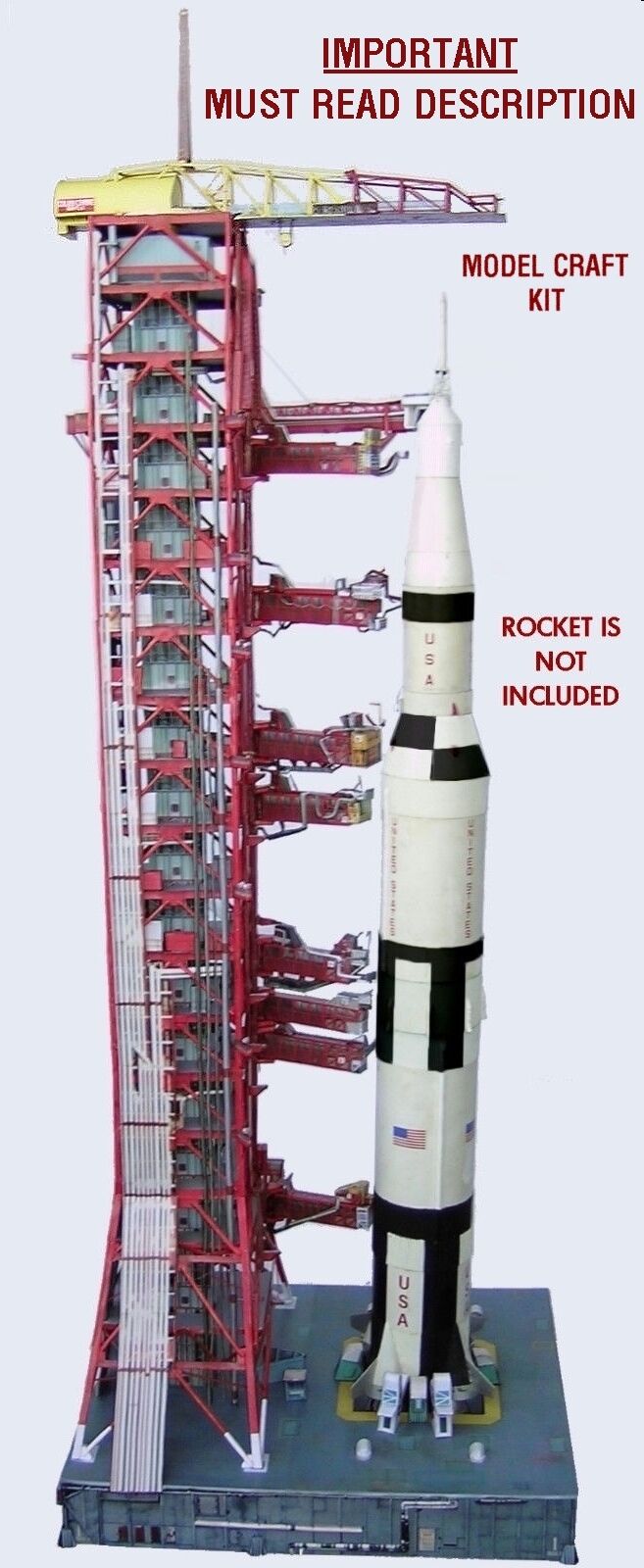-40%
Radiation Inc. Logic Module from 1960s Apollo Saturn Ground Support Equipment
$ 38.51
- Description
- Size Guide
Description
This sale is for one Radiation Inc. Logic Module as pictured.An actual piece of Early Space Exploration History
This module is pulled from a rack that was used as Ground Support Equipment (GSE) for the Apollo Saturn program in the early 1960s. This particular module was used in support of the LEM (Lunar Excursion Module). Originally obtained from a sale of NASA surplus in the 1970s, I'll be listing a limited number of these and other Apollo/Space artifacts prior to the 50th anniversary of the 1969 moon landing.
Ultra-High Reliability Electronics
Numerous electronic problems were encountered during the early years of missile and rocket development due to the extreme environments.
The rocket engine's high level of force and vibration expected was one of the key factors considered in all Apollo hardware. W
ith manned space flight as the goal, e
xtreme reliability was also called for in GSE design. Radiation Inc. delivered that reliability it in the form of these modules.
These modules were socket mounted and interconnected in panels. The panels held large numbers of them to form complex test equipment and other ground support systems needed.
There are no ICs in these Radiation modules, rather they are made from encapsulated discrete transistors and other passive components. The push for miniaturization was on and these modules were the direct predecessors of commercial ICs.
The first ever commercially sold ICs also taken by Apollo
At the start of the Apollo Program in 1961, integrated circuit (IC) logic was essentially nonexistent outside the laboratories of Fairchild Corporation.
It was in fact, the search for a solution to transistor failure in the minuteman missles that led to the invention of the Planar Process at Fairchild. The process they invented offered high reliability and also allowed the manufacture of the first commercial IC chips (a three input NOR gate, also made at Fairchild Corporation). At the time these chips were cutting edge technology, in short supply, and also tremendously expensive. As such ICs were only used in the launch vehicle itself, where weight restrictions demanded them.
The Apollo Guidance Computer (AGC) project took all the ICs Fairchild could supply.
See many other rare and beautiful tech collectibles in my ebay store.






